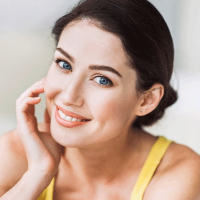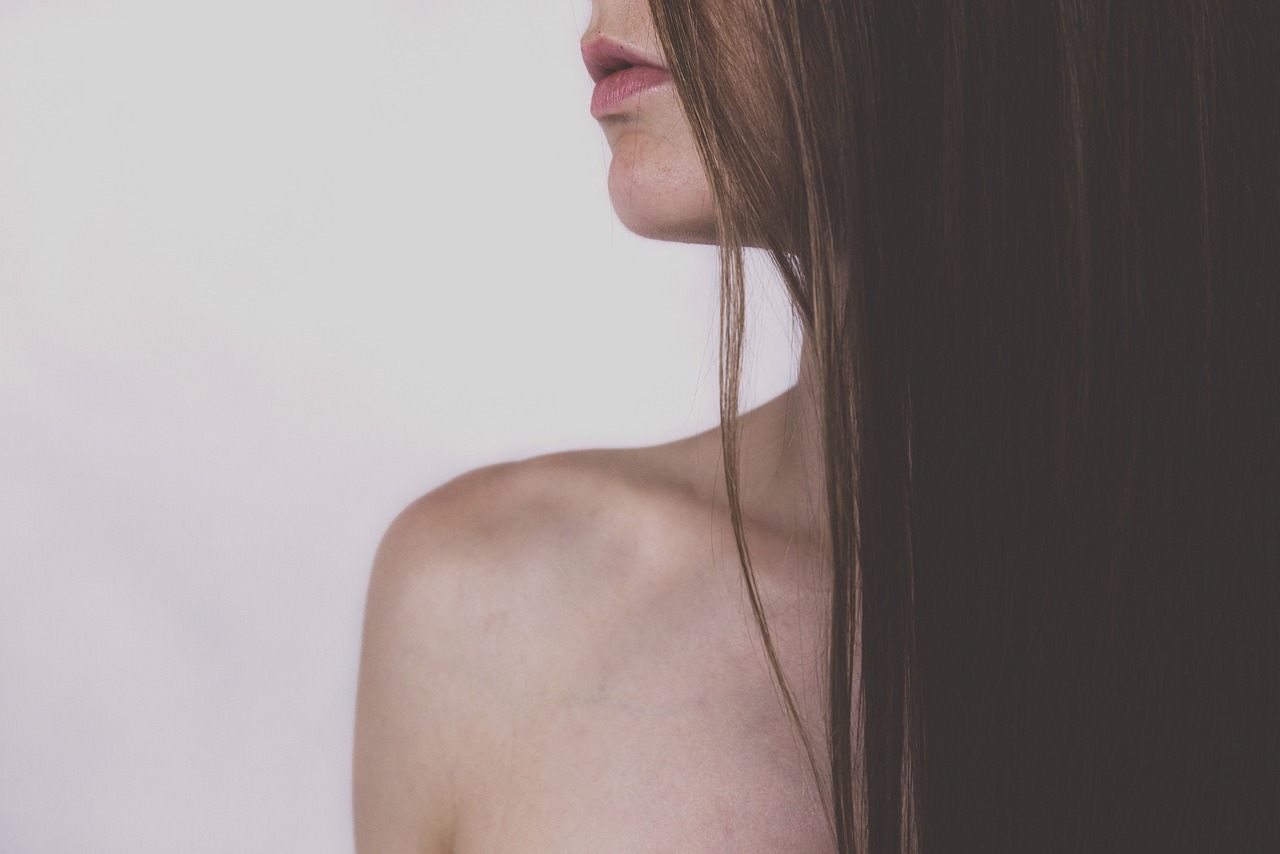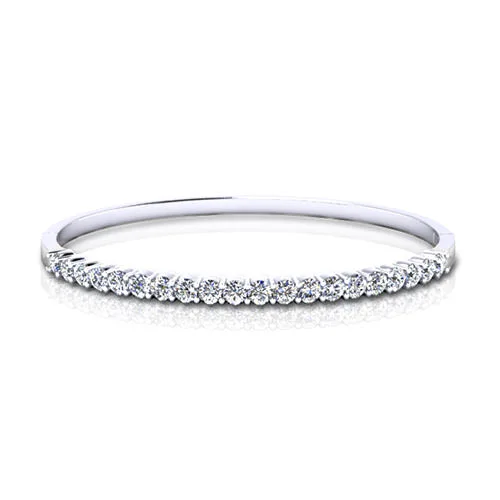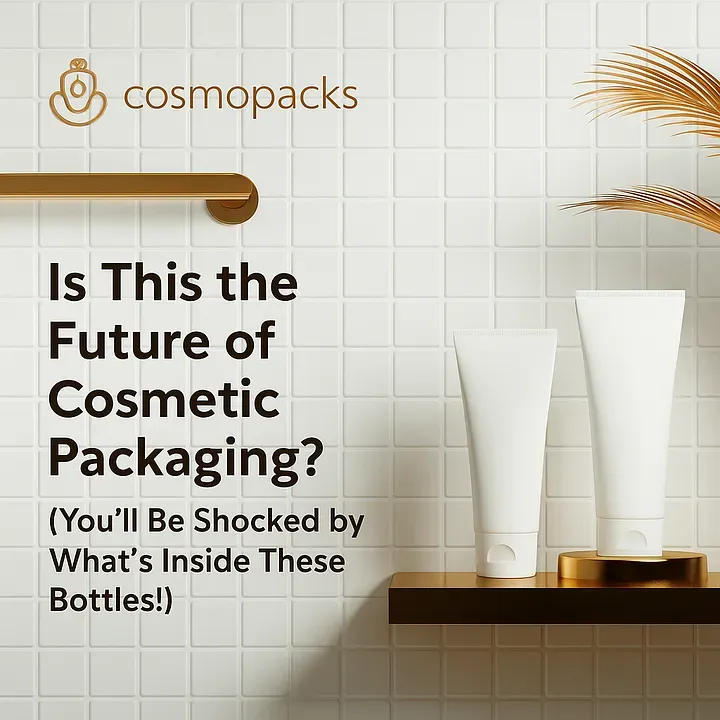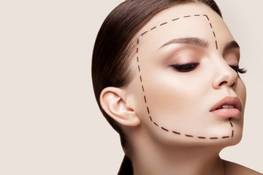What Are the Different Types of Acne?
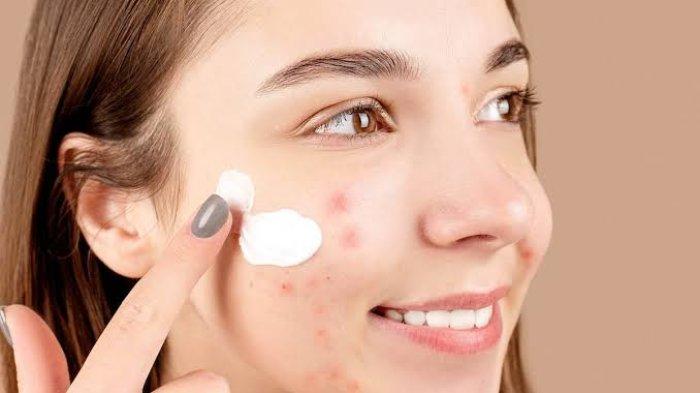
Strong 8k brings an ultra-HD IPTV experience to your living room and your pocket.
Acne is one of the most common skin conditions, affecting millions of people worldwide. While many associate acne with the teenage years, it can persist into adulthood, manifesting in various forms. Understanding the different types of acne is essential for effective treatment and management. This article will explore the various types of acne, their causes, symptoms, and treatment options.
Comedonal Acne:
Comedonal acne is characterized by the presence of comedones, which are the basic units of Acne Treatment in Dubai. These can be open comedones (blackheads) or closed comedones (whiteheads).
Blackheads:
Blackheads occur when a hair follicle becomes clogged with excess oil, dead skin cells, and bacteria. The open follicle exposes the clogged material to air, causing it to oxidize and turn black. Blackheads are commonly found on the face, particularly on the nose and chin, but they can also appear on the back and shoulders.
Whiteheads:
Whiteheads, on the other hand, form when a clogged follicle remains closed. This type of acne appears as small, raised white bumps on the skin. Unlike blackheads, whiteheads do not oxidize, which is why they retain their white appearance.
Inflammatory Acne:
Inflammatory acne develops when the skin's immune response is triggered by bacteria or irritants in the clogged pores. This type of acne is characterized by redness, swelling, and discomfort.
Papules:
Papules are small, raised bumps that are often red and inflamed. They occur when hair follicles become inflamed due to bacterial infection and irritation. Papules are not filled with pus and can be painful to touch.
Pustules:
Pustules are similar to papules but contain pus, giving them a white or yellow center. They often resemble small boils and can be quite painful. Pustules usually develop on the face, neck, chest, and back.
Cystic Acne:
Cystic acne is one of the most severe forms of acne and is characterized by large, painful cysts that form beneath the skin's surface. These cysts are filled with pus and can cause significant scarring if not treated properly.
Causes of Cystic Acne:
Cystic acne is primarily caused by hormonal fluctuations, which can increase oil production and lead to clogged pores. It is more common in teenagers but can persist into adulthood, especially in women due to hormonal changes associated with menstruation, pregnancy, or polycystic ovary syndrome (PCOS).
Treatment Options:
Cystic acne often requires more aggressive treatment, including prescription medications such as oral antibiotics, retinoids, or hormonal therapy. In severe cases, procedures like drainage or corticosteroid injections may be necessary.
Nodular Acne:
Nodular acne consists of large, painful bumps that form deep within the skin. Unlike cystic acne, nodules are solid and do not contain pus. They can be challenging to treat and often lead to scarring if not managed appropriately.
Characteristics of Nodular Acne:
Nodules are typically firm to the touch and may take weeks or months to resolve. They are often associated with other forms of inflammatory acne and can occur on the face, back, and shoulders.
Treatment Options:
Like cystic acne, nodular acne often requires prescription treatments. Dermatologists may recommend oral medications, topical retinoids, or a combination of therapies to reduce inflammation and prevent scarring.
Hormonal Acne:
Hormonal acne is specifically related to hormonal changes in the body, making it particularly common in women. This type of acne often manifests as breakouts along the jawline, chin, and neck.
Causes of Hormonal Acne:
Hormonal fluctuations associated with menstrual cycles, pregnancy, and conditions like PCOS can increase oil production and lead to clogged pores. Stress can also play a role in exacerbating hormonal acne.
Treatment Options:
Managing hormonal acne may involve lifestyle changes, such as reducing stress and improving diet. Additionally, hormonal treatments like birth control pills or anti-androgens may be prescribed to regulate hormone levels and reduce breakouts.
Acne Mechanica:
Acne mechanica is a type of acne triggered by friction, pressure, or irritation on the skin. This form is often seen in athletes, people who wear helmets, or those who frequently touch their faces.
Causes of Acne Mechanica:
Activities that cause friction, such as wearing tight clothing, backpacks, or sports gear, can irritate the skin and lead to acne breakouts. Heat and sweat can also contribute to this type of acne.
Treatment Options:
To manage acne mechanica, it’s essential to identify and minimize the source of friction. Keeping the skin clean, avoiding heavy makeup, and using non-comedogenic skincare products can help reduce breakouts.
Acne fulminans:
Acne fulminans is a rare and severe form of acne that typically occurs in adolescent males. It is characterized by sudden and severe outbreaks of painful, cystic acne lesions accompanied by systemic symptoms such as fever and joint pain.
Causes of Acne Fulminans:
The exact cause of acne fulminans is not fully understood, but it is believed to be associated with hormonal changes, genetic factors, and possibly an autoimmune response.
Treatment Options:
Due to its severity, acne fulminans require immediate medical attention. Treatment typically includes high-dose oral corticosteroids and antibiotics to reduce inflammation and control the symptoms.
Conclusion:
Acne comes in many forms, each requiring different approaches for effective treatment. Understanding the various types of acne is crucial for individuals seeking to manage their skin health. If you are struggling with acne, it’s advisable to consult a dermatologist for a personalized treatment plan tailored to your specific needs. Whether it’s over-the-counter products for mild cases or prescription medications for more severe forms, effective solutions are available to help you achieve clearer, healthier skin.
Note: IndiBlogHub features both user-submitted and editorial content. We do not verify third-party contributions. Read our Disclaimer and Privacy Policyfor details.

